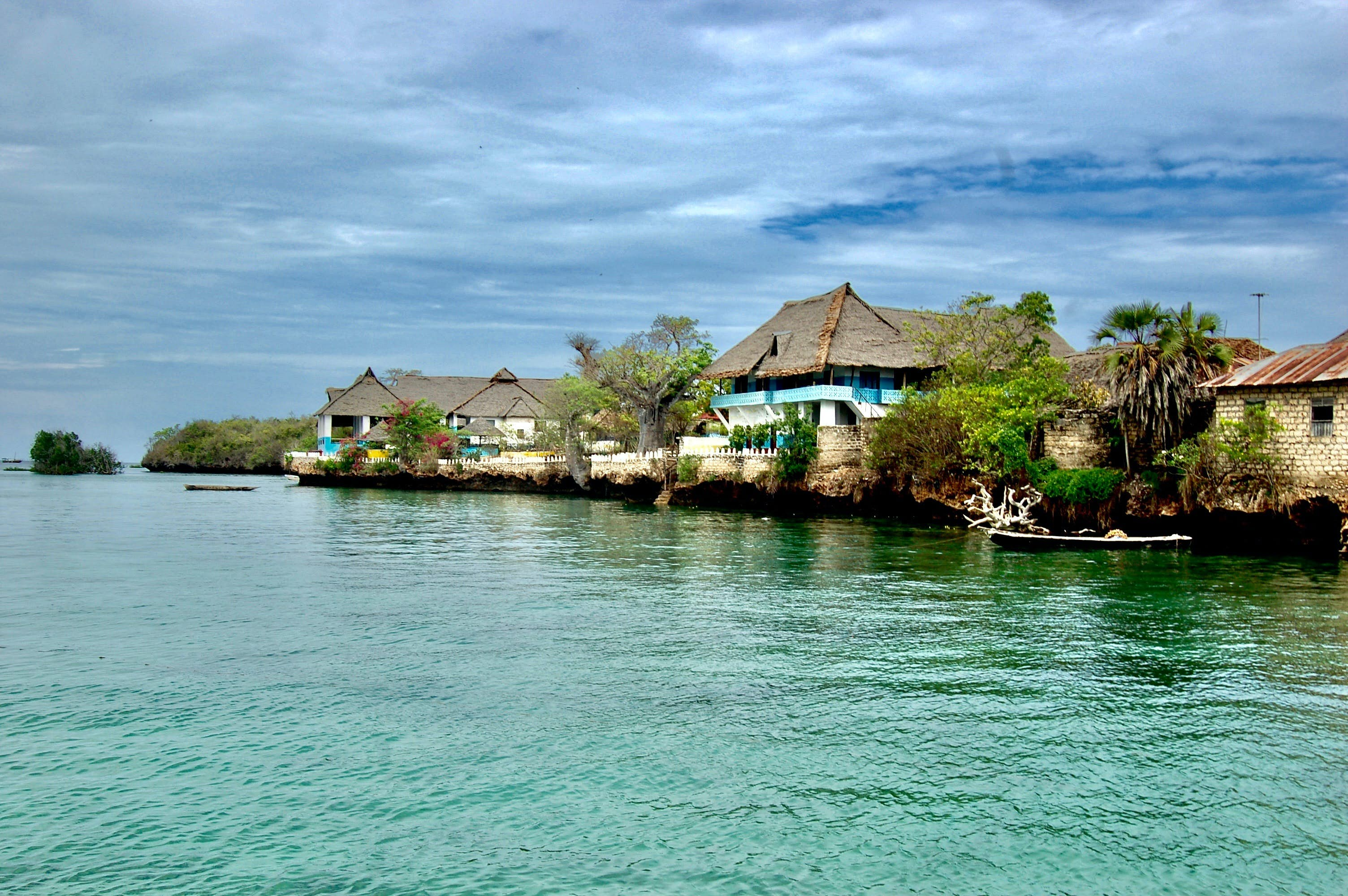
Kilifi County: A Hidden Coastal Gem of Kenya
Nestled along Kenya’s sun-drenched Indian Ocean shoreline, Kilifi County is a captivating blend of natural beauty, rich Swahili culture, and unspoiled charm. Often overshadowed by its more famous neighbors like Mombasa and Diani, Kilifi offers a more laid-back and authentic coastal experience—perfect for travelers seeking serenity, adventure, and cultural depth.
1. Breathtaking Beaches:
Kilifi’s coastline is dotted with pristine, uncrowded beaches such as Bofa Beach, with its powdery white sand and turquoise waters—ideal for swimming, sunbathing, or quiet reflection. The sunsets here are spectacular, casting golden hues over swaying palm trees and dhows drifting in the bay.
2. Rich Swahili Culture & History:
Explore the ancient ruins of Mnarani, a 14th-century Swahili settlement with coral-stone mosques and tombs overlooking Kilifi Creek. Stroll through traditional coastal villages and engage with locals who keep Swahili traditions alive through music, food, and craft.
3. Kilifi Creek Adventure:
This tidal creek is a haven for water sports—go kayaking, sailing, paddleboarding, or take a dhow cruise at sunset. The creek’s lush mangroves are perfect for birdwatching and nature walks.
4. Arabuko Sokoke Forest & Wildlife:
Venture slightly inland to explore Arabuko Sokoke, the largest coastal forest in East Africa. It’s home to rare species like the Sokoke Scops Owl and Golden-rumped Elephant Shrew. Nature lovers and birdwatchers will find this forest a paradise.
5. Authentic Coastal Cuisine:
Kilifi offers delicious Swahili dishes infused with coconut, spices, and seafood. Enjoy fresh grilled fish, pilau, biryani, or local delicacies like cassava crisps and madafu (young coconut water) in seaside cafes or beachside resorts.
6. Eco-tourism & Unique Stays:
From eco-lodges nestled in the forest to stylish boutique resorts overlooking the ocean, Kilifi’s accommodations embrace sustainability and authenticity. Many host yoga retreats, wellness escapes, and cultural immersion experiences.
Why Visit Kilifi?
Kilifi is where tranquility meets authenticity. It’s a destination for those who seek more than a tourist trail—those looking to connect with nature, history, and community in a setting that remains untouched by mass tourism. Whether you're a backpacker, a couple on a romantic getaway, or a curious cultural traveler, Kilifi welcomes you with open arms and ocean breezes.
| Country | Kenya |
| Languages Spoken | English, Swahili |
| Currency Used | KSHs, USD |
| Area | 12,246 km² |
| Time Zone | GMT+3 |
| Visa Requirements |
As of January 1, 2024, Kenya has eliminated traditional visa requirements for all travelers, including those visiting Kwale County. Instead, visitors must obtain an Electronic Travel Authorization (eTA) before arrival. eTA Requirements for Visiting Kilifi County To obtain an eTA for travel to Kilifi County, follow these steps:
|
| Activities |
1. Beach Relaxation & Water Sports
2. Kilifi Creek Activities
3. Cultural & Historical Exploration
4. Nature & Wildlife
5. Culinary Experiences
6. Art, Crafts & Shopping
7. Wellness & Retreats
8. Nightlife & Events
|
| Best Time to Visit |
The best time to visit Kilifi County is during the dry seasons, which typically fall between: January to March
July to October
Months to Avoid (if possible) April to June – Long Rains
November to December – Short Rains
|
| Health and Safety |
1. Vaccinations
· Hepatitis A & B · Typhoid · Tetanus · Yellow Fever (especially if arriving from or transiting through a Yellow Fever endemic country)
2. Malaria Prevention Kilifi is in a malaria-prone zone.
3. Food & Water Safety · Drink bottled or filtered water – avoid tap water. · Eat at reputable places – especially for seafood and street food. · Wash hands regularly or carry hand sanitizer. 4. Travel Insurance Ensure your insurance covers: · Medical treatment · Emergency evacuation (in case transfer to Mombasa or Nairobi is needed) · Adventure activities like diving or water sports 5. Nearest Major Medical Facilities
Safety Tips 1. General Safety
2. Crime
3. Beach & Water Safety
4. Road Safety
Sun & Heat
Emergency Contacts
|